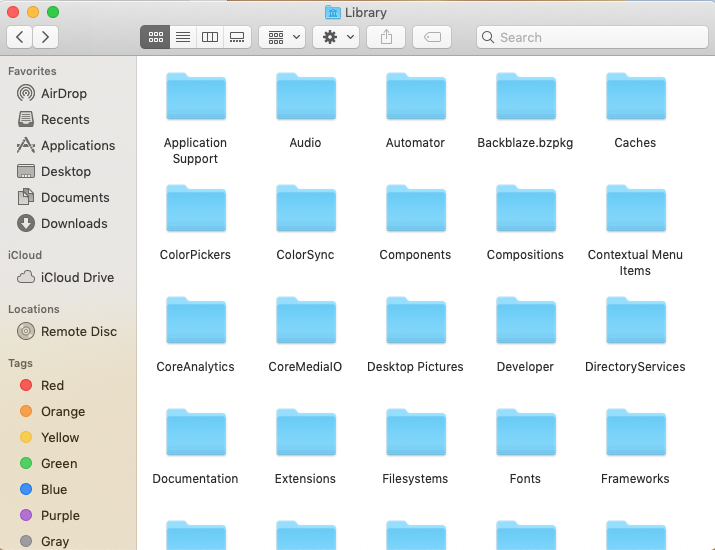
- #How to uninstall java 9 mac os x how to
- #How to uninstall java 9 mac os x software
- #How to uninstall java 9 mac os x download
- #How to uninstall java 9 mac os x free
Apple has done such a good job on recent macOS versions but de-installation to this day remains an issue.

Uninstalling apps on macOS Monterey still requires getting rid of leftovers, despite the fact that it's the latest and the most sophisticated system for Mac.
#How to uninstall java 9 mac os x software
I prefer clearing my Mac from apps using special software made for this particular task - CleanMyMac X. The latter can take even more place than the app itself and can be stored anywhere in your folders. The ways mentioned above include navigating your Mac’s in search of the apps you want to remove and then locating their remaining data. To completely uninstall a program on Mac you have to choose one of three options: These include the app, its preferences and support files, and sometimes other hidden files.
#How to uninstall java 9 mac os x free
If you are trying to delete an old application, reinstall a corrupted software or just free up disk space on your Mac, removing all components of the program is important.

We’re going to show you what gets left behind and what you can do to completely uninstall apps from here on out. An app is stored in more than one placeįor example, Steam games are stored in a custom folder, that’s why deleting such apps is a bit harder.But doing the same for apps leaves tons of leftover junk files on your hard drive. Dragging normal files like documents and movies to the Trash works fine. The logic tells us we should simply drag an unwanted app to the Bin. Quick question – how do you uninstall programs on Mac? But to help you do it all by yourself, we’ve gathered our best ideas and solutions below.įeatures described in this article refer to the MacPaw site version of CleanMyMac X.
#How to uninstall java 9 mac os x download
If you booted from a USB disk, click “Continue” to advance to the installer.So here's a tip for you: Download CleanMyMac to quickly solve some of the issues mentioned in this article. If you booted from a functioning recovery partition, click the “Reinstall macOS” button. With your information wipe complete, you are now ready to reinstall macOS. If you choose three or five passes, you might want to leave this running overnight. If you opted to wipe your drive securely, this might take a while-30 minutes to an hour is not unreasonable for one pass. Just give your drive a name (I recommend “Macintosh HD”, just for consistency’s sake), then click “Erase” to start the overwriting process. You only need to write over a drive once to securely wipe it, but if you’re paranoid you can also wipe it three or five times.Ĭlick “OK” once you’ve decided, but remember: if your Mac has a solid state drive, you do not need to use these options. Now move the dial up, to randomly write data over your entire drive.

You still need to wipe the drive, however, or your files will remain in place, so skip to the end of this step to do so.) (If your Mac has a solid state drive, you can skip this part: your SSD will already securely erase files thanks to TRIM. If you’re wiping a mechanical drive, click “Security Options” in the window that pops up. Click your primary drive, then click “Erase”

If not you can find Disk Utility in the menu bar: click Utilities then Disk Utility. To get started, click the Disk Utility option.ĭepending on how you started Recovery Mode, you may be presented with the option to start Disk Utility right away, as seen above.
#How to uninstall java 9 mac os x how to
We’ve shown you how to securely wipe a hard drive with your Mac, and doing so in Recovery Mode isn’t really different from doing so within macOS. If you want a truly clean installation, however, you need to first wipe your hard drive. We recommend backing up files before you do this, just in case, but otherwise you’re ready for step three. Your user accounts and files will stay exactly where they are-only your operating system will be overwritten. If you want to re-install your operating system, but leave your files in place, you can skip this step. RELATED: 8 Mac System Features You Can Access in Recovery Mode Step Two: Securely Wipe Your Hard Drive (Optional) Once you’ve managed to open up the Recovery Mode in some fashion, we can move on to wiping your drive securely. You can access recovery without a partition using Network Recovery: hold Command+Shift+R while turning on your Mac and it will download the Recovery features for you. Failing that, you can create a bootable USB installer for macOS Sierra, and boot from that by holding “Option” while turning on your Mac. If neither of these options work, don’t panic! You’ve got a couple of options yet.


 0 kommentar(er)
0 kommentar(er)
